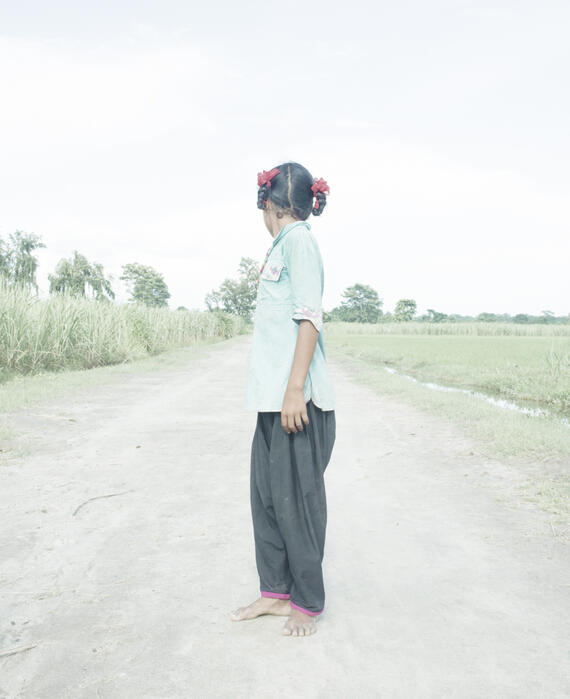Magnum Foundation Photographer Spotlight: Prasiit Sthapit and Shristi Shrestha and the Hitis of the Kathmandu Valley, Nepal

In 2022, World Monuments Fund (WMF) and Magnum Foundation announced that they were partnering to support local photographers around the world in documenting the sites on the 2022 World Monuments Watch and the communities around them.
Prasiit Sthapit and Shristi Shrestha are Kathmandu-based collaborators who are documenting the Hitis of the Kathmandu Valley, traditional and often elaborately carved fountains that have long served as crucial sources of water for communities in Nepal. We spoke to the pair as part of a series of interviews with the Magnum grantees. An excerpt of our conversation, edited for clarity and length, can be found here:
WMF: As well as your photographs of the fountains of themselves, are you hoping to incorporate oral histories or any other media?
Shristi Shrestha (SS): Yes, yes. We will also try to look into archival photographs of the hitis that we're going to be documenting. There are hundreds of [hitis], and so we were thinking of documenting selected ones in Pattan, which is one of the three core cities in the Kathmandu Valley and only focusing on hitis that have been formed by this particular water system that comes from the south side of the valley. Other than that, we would love to take interviews—with experts, but also people who who use the hitis and who know the mythologies. People who really live close to these hitis are the ones who actually use them. Pattan is a dense city now, and the water system has also become modernized. Not everyone uses hitis. We [referring to herself and Prasiit] don't use hitis anymore. The times we remember using hiti water is when water was scarce. I remember as a kid that we didn't get water through the modern water pipes, and so we had to go to these specific hitis.
The ones who use them now have moved into Kathmandu from elsewhere and may not have access to the modern water system because not all houses have access to them. Some people may not be able to afford them financially. So in that sense, these hitis become also a very political entity.
Prasiit Sthapit (PS): Historically, there were different hitis with different purposes in different localities. And usually, the people who live in those localities would be of a particular caste, so these hitis were within the caste system. In Nepali, the term for “lower caste” means “water untouchables.” Even historically, it had a very political connotation.
SS: We don't know how much of this we will be able to excavate. But the hope is that digging into these very specific places can surface some of these issues rather than simply romanticizing these very amazing and of course very intricately built architectural structures.
WMF: One of the things that struck me about your photography was the white light that dominated in a lot of your work, which gave almost an angelic quality to some of the photos, an otherworldliness. How did you arrive at that aesthetic as a photographer, and what did you intend to convey with that choice?
PS: In the beginning, it wasn't like that. I was more into street photography, and I was taking very gritty photographs. But the people I was talking to [for my work] were stuck in limbo, so I decided to blow out the horizon to make it look like they're living in a void.
WMF: What sort of conservation threats do the hitis face? What is their protected status today?
PS: In the nineties, there was rapid urbanization in the Kathmandu Valley, and a lot of concrete buildings and blacktop roads were starting to be made. A lot of hitis started drying up during that time. One of the most important hitis in Kathmandu was called Sundhara, and they built a mall there.
SS: Right next to the hiti, and it stopped the water flow. There are also cases of buildings being built over hitis, over ponds, over these water bodies that were so important.
They have started trying to restore some of these monuments in the city, but a lot of it has only been done on an “official” level. What I mean is there are hitis that have been polished and that look nice on the outside. However, the hiti has a very intricate internal system connected to a larger water network in the city. There are hitis that look really nice now, but there’s no source of water because it's such a difficult system to navigate. That's the challenge: how do you revive hitis to their core?
To read more interviews with the Magnum Fellows, click here.
Learn More
World Monuments Fund safeguards cultural heritage around the globe, ensuring our treasured places are preserved for present and future generations.
Sign up for our newsletter to receive regular updates on our projects, stories from the field, upcoming events, and more!
